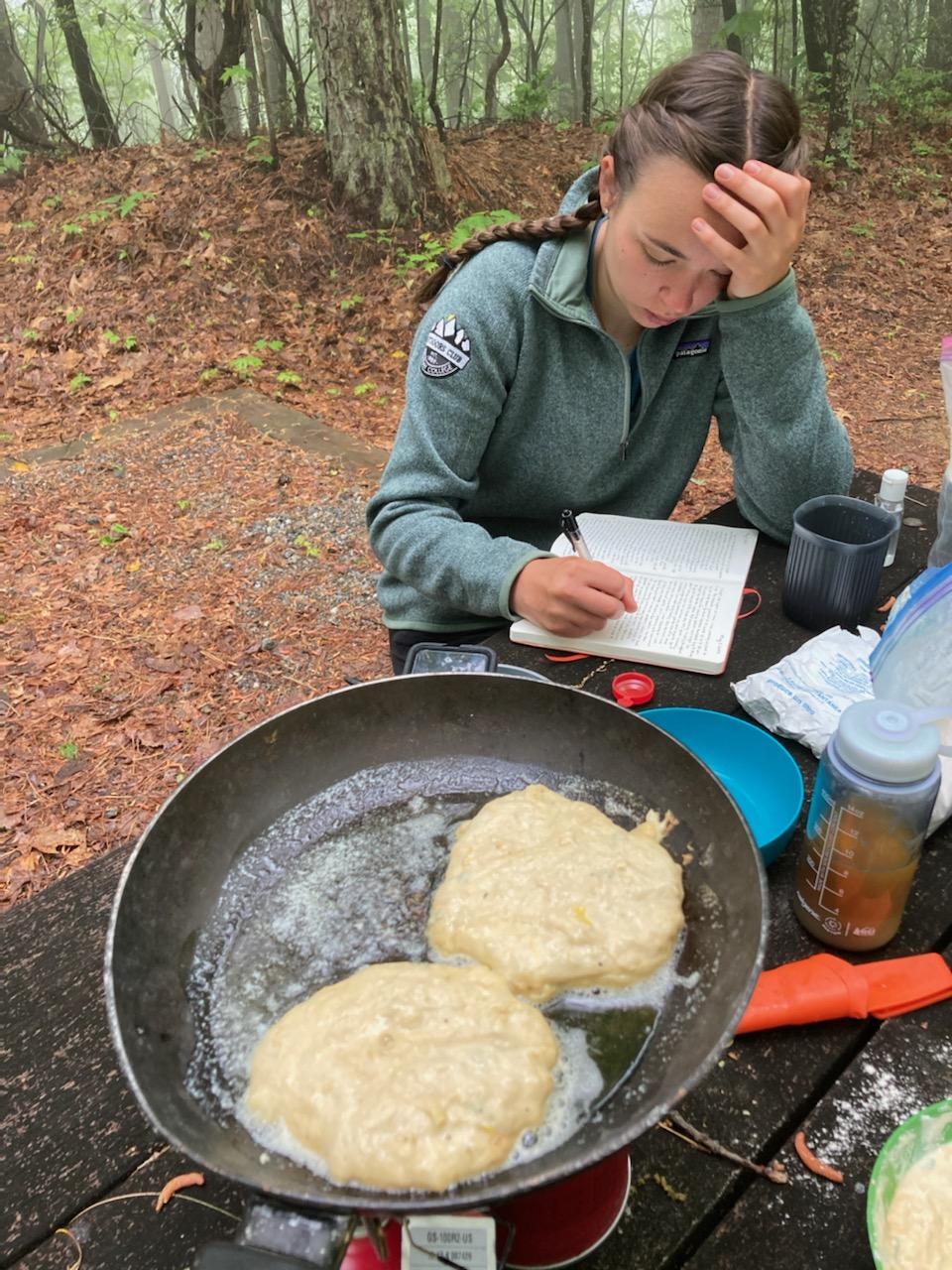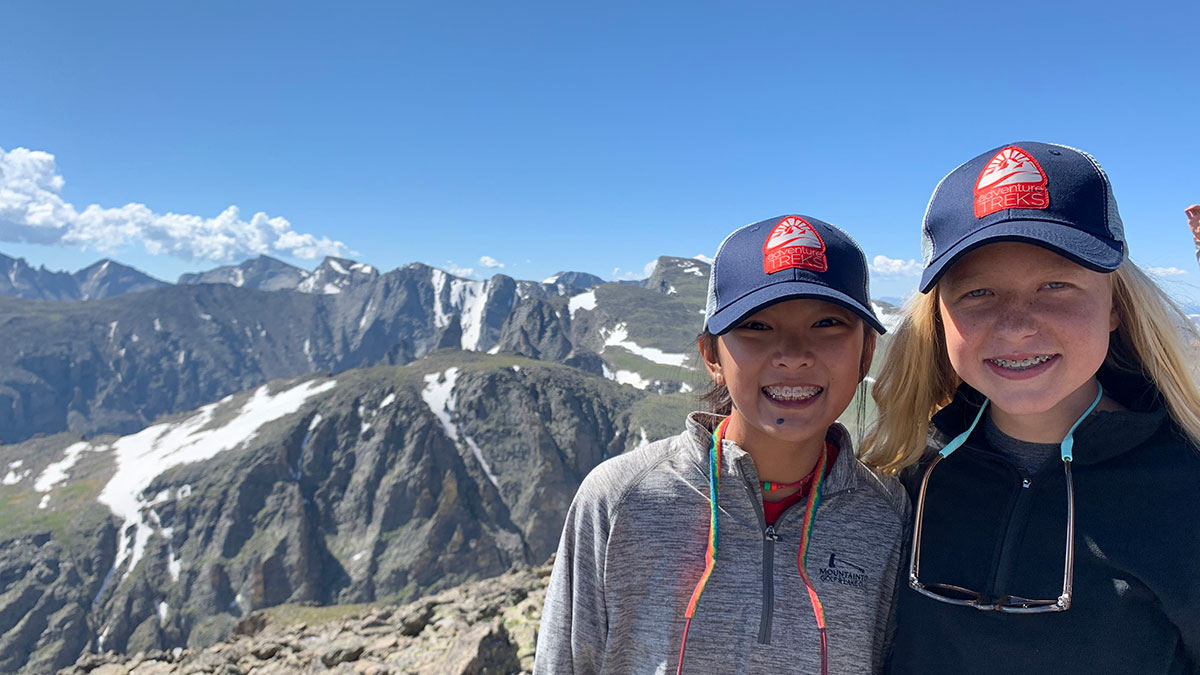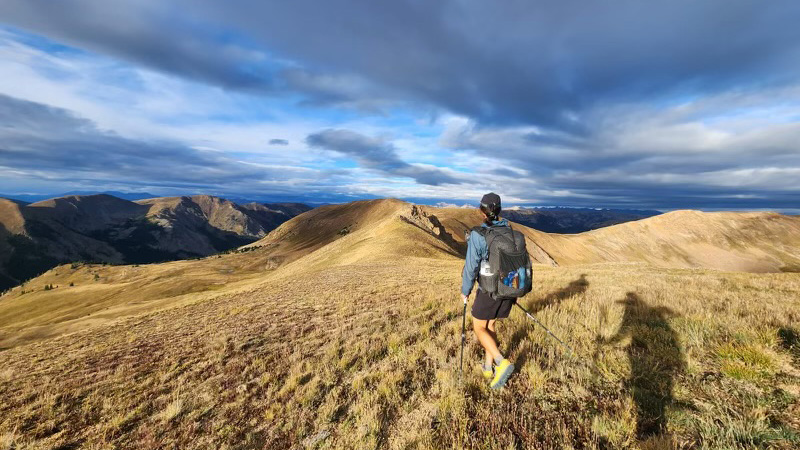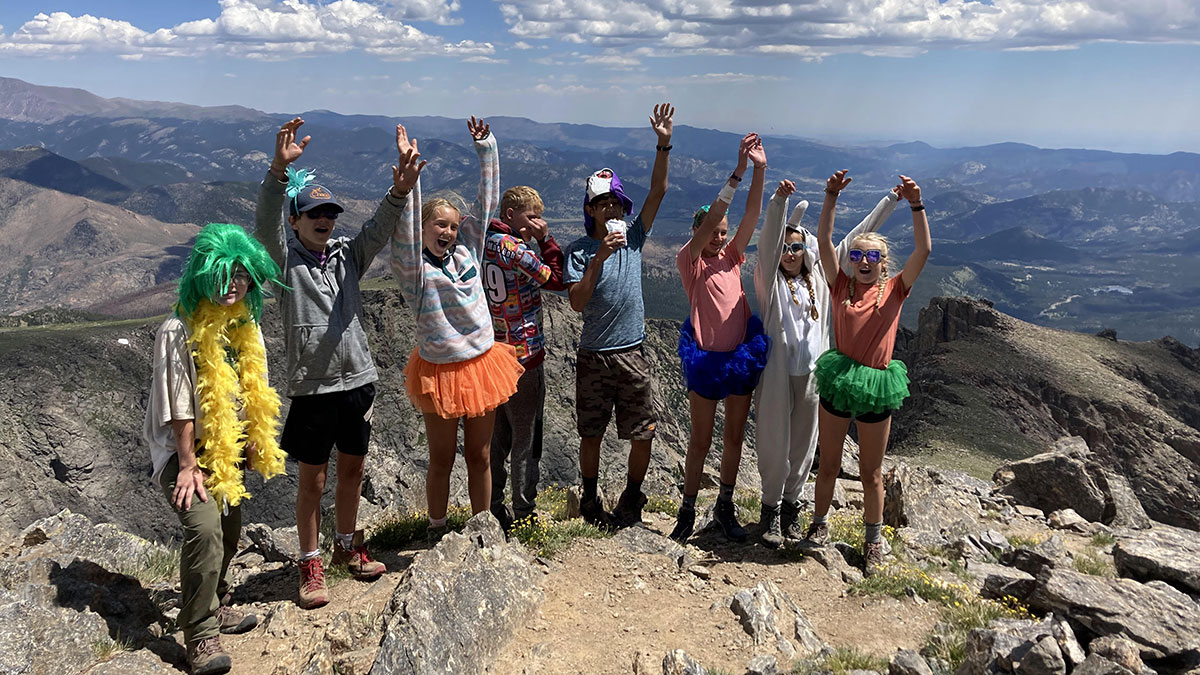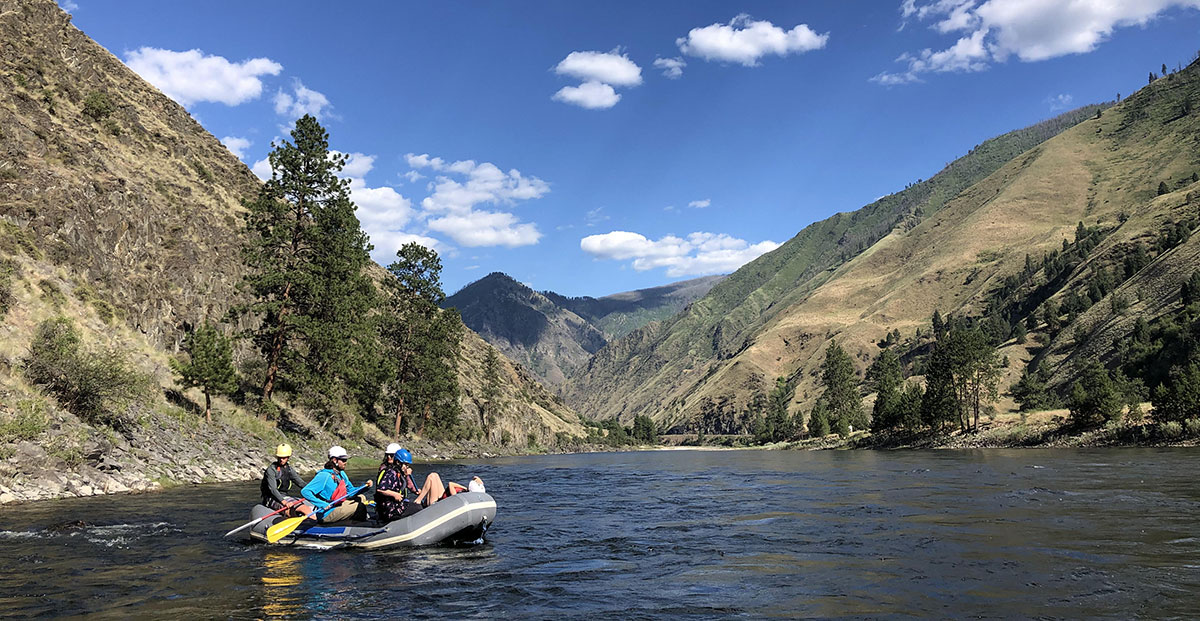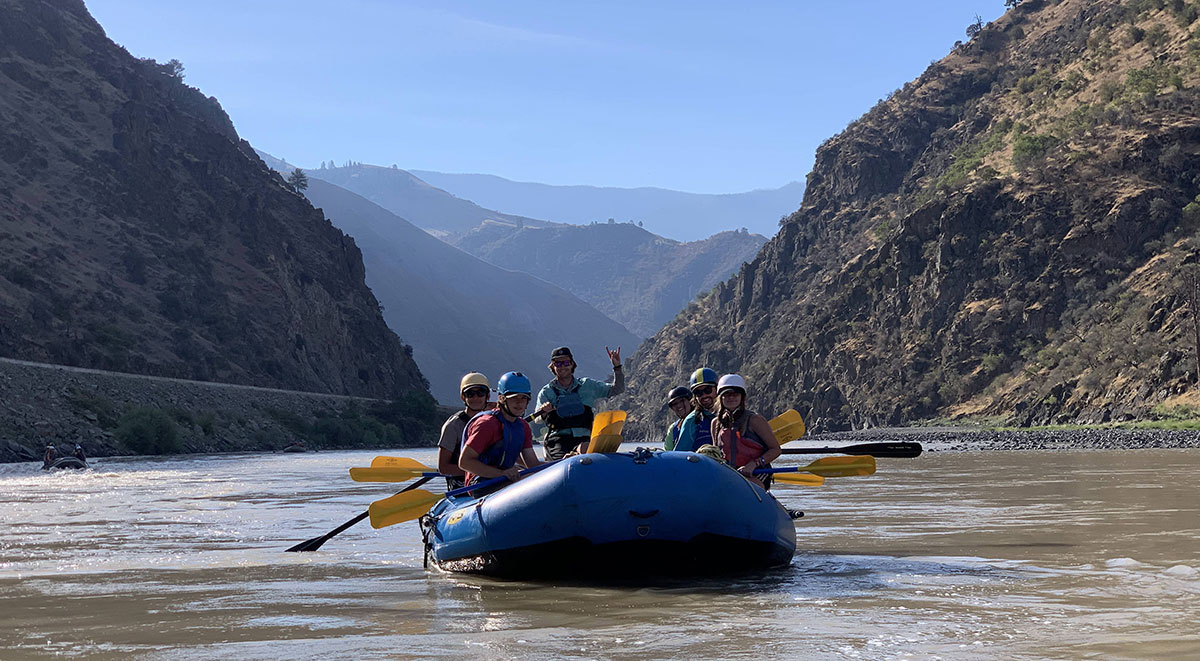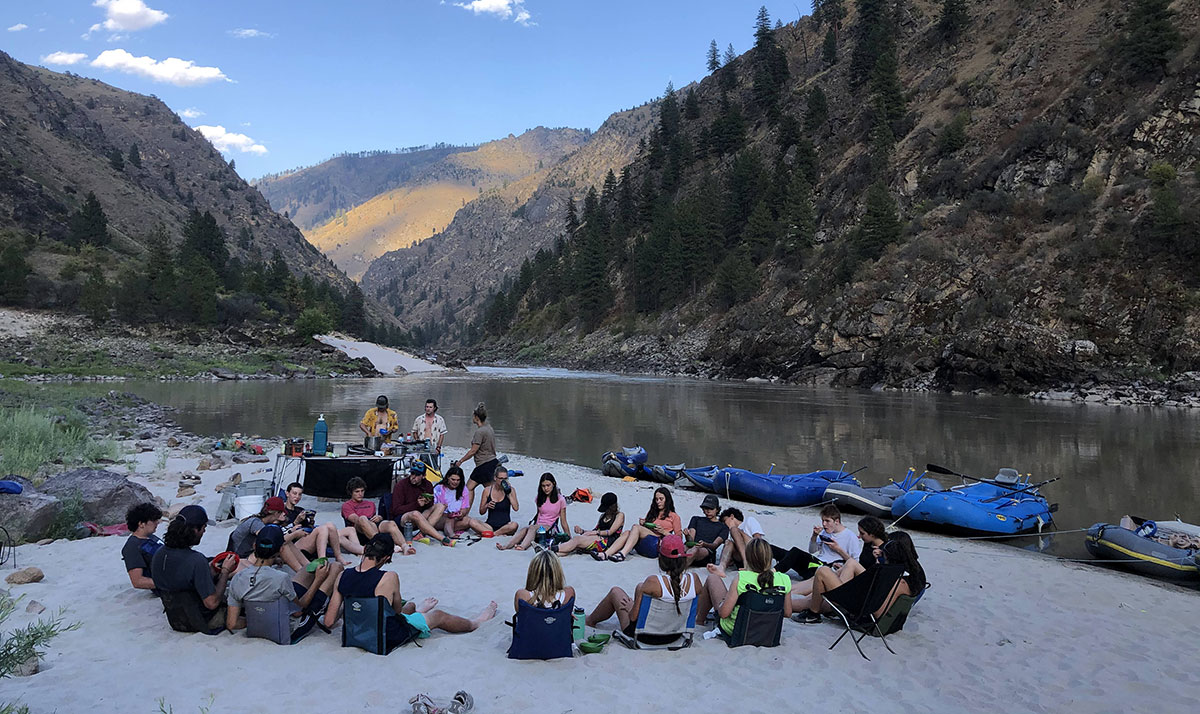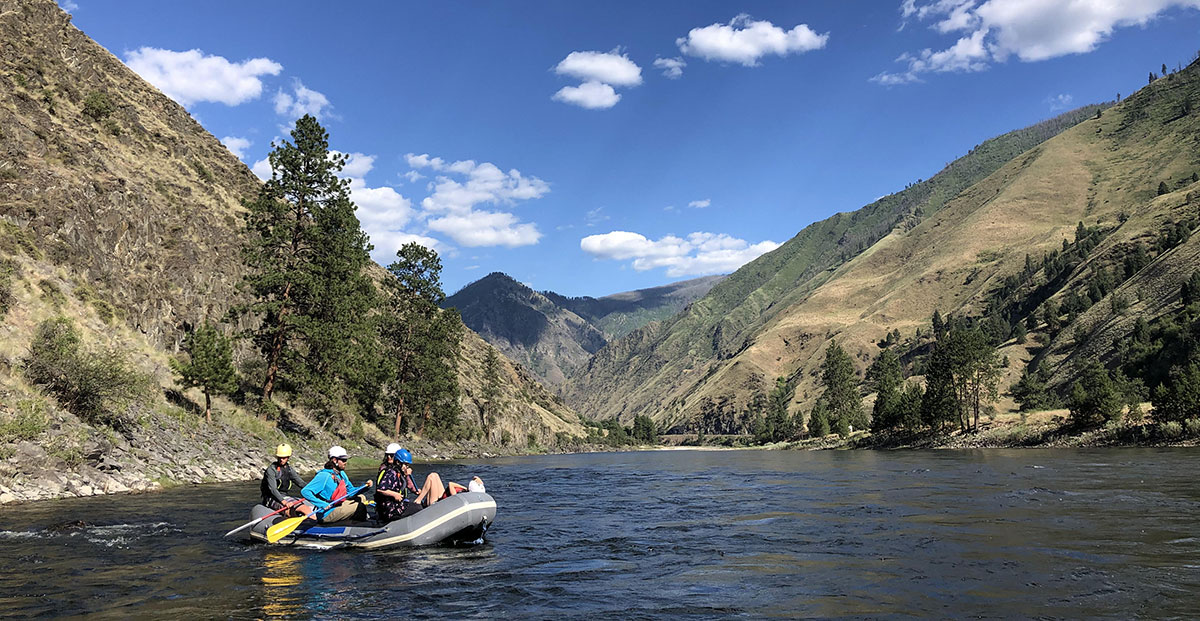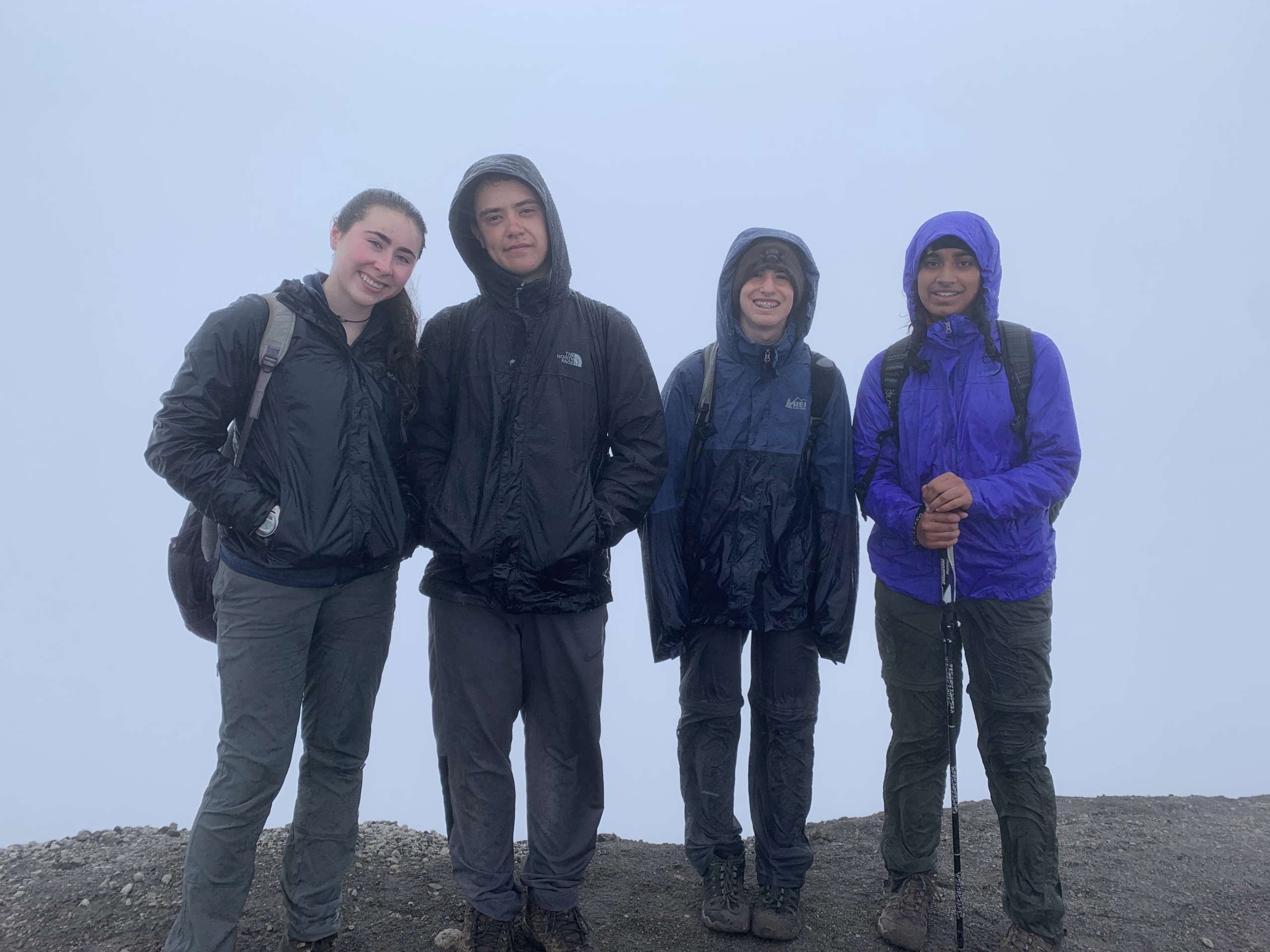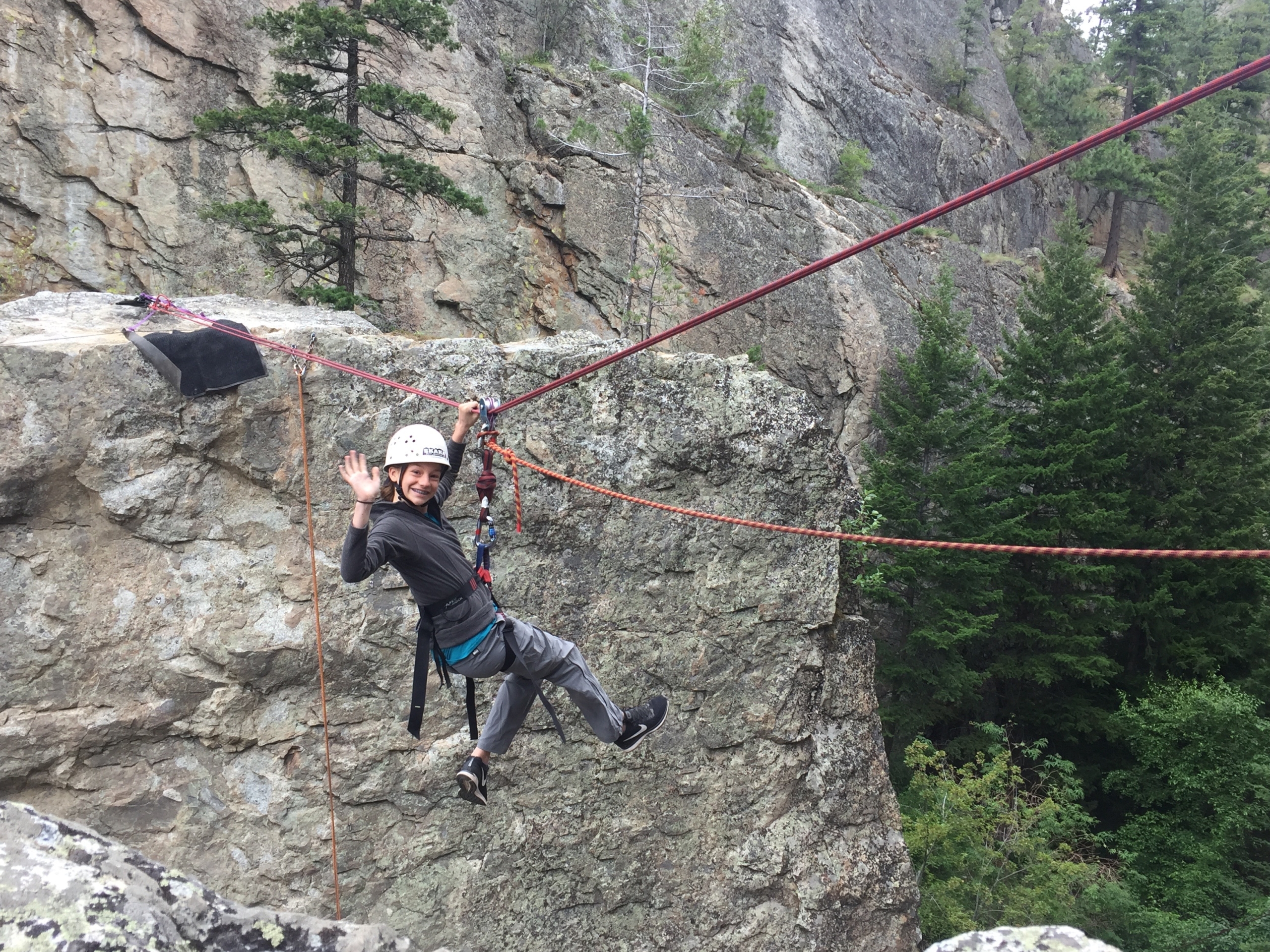As parents, it can be hard to imagine sending your child away for two to four weeks in the summer. Not having direct, continuous communication with your kids is rare these days, and often it’s parents who are more nervous about going to camp than their kids! (Here’s a great article about how parents can alleviate their own anxiety about their kids going to camp.)
But don’t forget: The many benefits of summer camp and outdoor adventures should far outweigh any parental hesitation. Below, we outline why tech-free summer programs are a necessary investment in your child’s future.
Friendships and social connections
In Jonathan Haidt’s recent book The Anxious Generation, he points out that kids’ time spent playing with friends (in real life, not online) has plummeted since the rise of smartphones. Summer camp has phenomenal benefits for children’s social development:
- It helps combat anxiety and loneliness caused by lack of in-person connection.
- It introduces them to a whole new group of people they probably otherwise never would have met.
- It provides the opportunity to immerse oneself into a brand-new community, which teaches kids how to get along with peers from different backgrounds and varied hobbies, interests, personalities, and belief systems.
- It shows kids how to find commonalities among new friends to create tight bonds and that our world is much bigger than they originally thought.
- It also gives kids the chance to be themselves—not someone they’re pigeon-holed into being at school, or a persona they think they should adopt based on social media’s standards.
Yes, kids can—and should!—do hard things
All too often, children are told they cannot do something, as parents think it is too hard. Even not giving your child the chance to do something (because you’re not sure if they can handle it) sends the message that you don’t believe in their abilities or strengths.
Camps operate with the kids in mind and help them find their inner strength. Adventure Treks has 33 years of experience working with kids in the outdoors. We know our students can climb Mt. St. Helens and conquer 10 miles in a day with 4,500 feet of elevation gain. We know they can hike in the woods for five days, with everything they need on in their backpack. We know they can learn to manage negative feelings in a constructive way and receive feedback on how to grow. We know they can navigate an airport by themselves. We know they can have fun outside in bad weather. In fact, we know that not only can do they do it, but they’ll thrive with the opportunity!
Challenges are important for adolescents because it allows them to push the boundaries of what they thought was possible. Facing challenges helps them:
- Build confidence in themselves.
- Develop problem-solving skills.
- Adopt a more positive and growth-oriented mindset because they might not actually succeed the first time. And that’s OK! They should be given the opportunity to fail (at AT, it’s in a safe, supportive environment)—and the chance to pick themselves back up and try again.
- Grow a stronger sense of resilience and work ethic, and the attitude that “I can do anything if I put the work in.”
Letting kids face challenges and do hard things at camp translates seamlessly to life at home. On the first day of school, they’ll stand a little taller, less intimidated by new faces because they learned at camp that they can indeed make friends with anyone. They’ll try to run a little faster at track because they believe in themselves, or be inspired to join the science club because they found a new passion at camp, or better prioritize their homework because they learned time management skills during the summer.
Don’t sell your kids short. Give them some credit and let them do hard things. It’s not only good for them—it’s crucial to their development into healthy, competent young adults.
Tech-free
I’ll reference Anxious Generation again (we’ll be posting a longer blog on this book soon), which dives into the decline of a play-based childhood and the rapid rise of the phone-based childhood. It’s no secret that kids spend too much time immersed in social media or video games. Parents oftne lament the difficulty of prying their children’s eyes away from screens. But there is hope!
Adventure Treks (like many camps) is completely tech-free—students hand over phones immediately upon arrival. They soon learn how rewarding and refreshing it is to not be bombarded with everything the digital world throws at them. They don’t worry about how many likes they got an TikTok because they’re feeling liked and appreciated in person! It is probably one of the most important resets to their brains that we can give them.
Leadership and responsibility
Adventure Treks allows teenagers to step up and lead their peers with guidance and support from our instructors. Back to Anxious Generation: As we continue to give our kids more freedoms as they mature, so too should their responsibilities increase. Trusting teenagers and charging them with productive tasks gives them a greater sense of purpose and helps them feel useful and valued. It also keeps them grounded and more deeply connected to the people around them. At Adventure Treks, teens have endless opportunitities to take on leadership roles, like:
- Taking responsibility for themselves at the airport, for example, when they’re flying to Adventure Treks (often traveling solo for the first time).
- Becoming leader of the day for their backpacking groups, helping plan the day and navigate on trail.
- Cooking meals for each other, ensuring that everyone gets enough food to eat.
- Taking part in food shops and learning how to navigate a grocery store, manage a budget, and buy food for a large group.
Harvard agrees: In an ongoing 75-year study, researchers found that kids who do chores are more successful as adults because they adopted a solid work ethic early on. At Adventure Treks, students will take on different tasks around camp to make sure our trip runs smoothly; they’ll help wash dishes, set up and take down camp, organize gear, and so on. They learn how valuable pitching in is, and they see it as not just work—but as a way to connect with those around you, and as a way to care more deeply about the community you’re in.
Our instructors guide our students into these roles and then take a step back, giving students a real voice. Staff will provide feedback if and when needed, and debrief how that student’s leadership role went. What a great “low consequence” way to learn to lead!
Positive social environment
As teens go through middle and high school, the pressures of drugs, alcohol, and the “party side” of being a teenager increase. Summer camps show students that they can have even more fun and make greater friendships without those kinds of pressures. Our traditions, like plus / delta during evening meeting, shows students the value of publicly recognizing others for their hard work and acts of kindness and service, which in turn encourages everyone to be their best self. Our instructors act as role models, helping espouse great values that every family can appreciate, like kindness, selflessless, respect, and wholesome silliness.
Personal challenges
Your child will at some point struggle in life—it’s important to learn at a young age that this is not a bad thing, but rather something that makes us stronger and better. At camp, a personal challenge might look like homesickness, or learning how to have interpersonal conflict, or pushing yourself forward on an uphill trail. If we see our students engaged in too challenging a struggle, we’ll step in and provide support and guidance—they won’t be alone. By facing personal challenges at camp, they’ll learn strategies to help them face anything head-on—and they’ll be well-equipped to leave home after high school and live on their own.
Being able to lead a group, make genuine social connections, do hard things, be a crucial member of a thriving community—these are all important in the workplace and life! When you send your child to camp, you’re not only setting them up for a life-changing summer, you’re also providing them with the tools to succeed later in life.
[button url=”https://www.adventuretreks.com/enroll/” target=”_blank”] Commit to the investment now and enroll for the summer [/button]


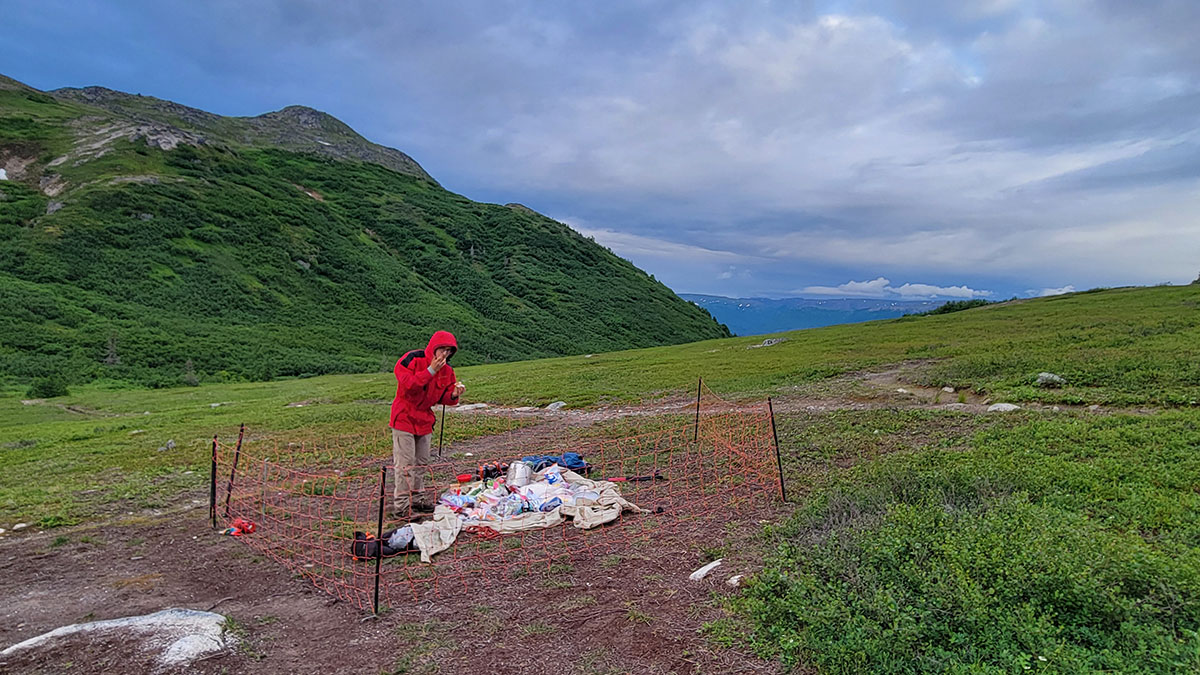
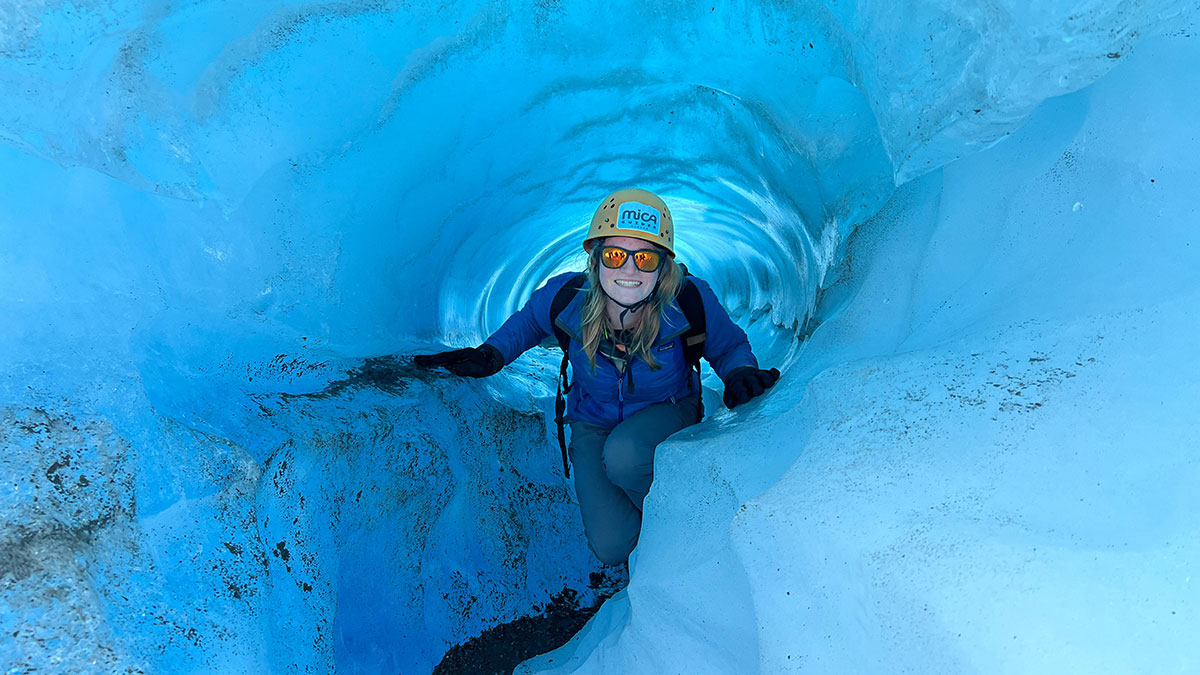
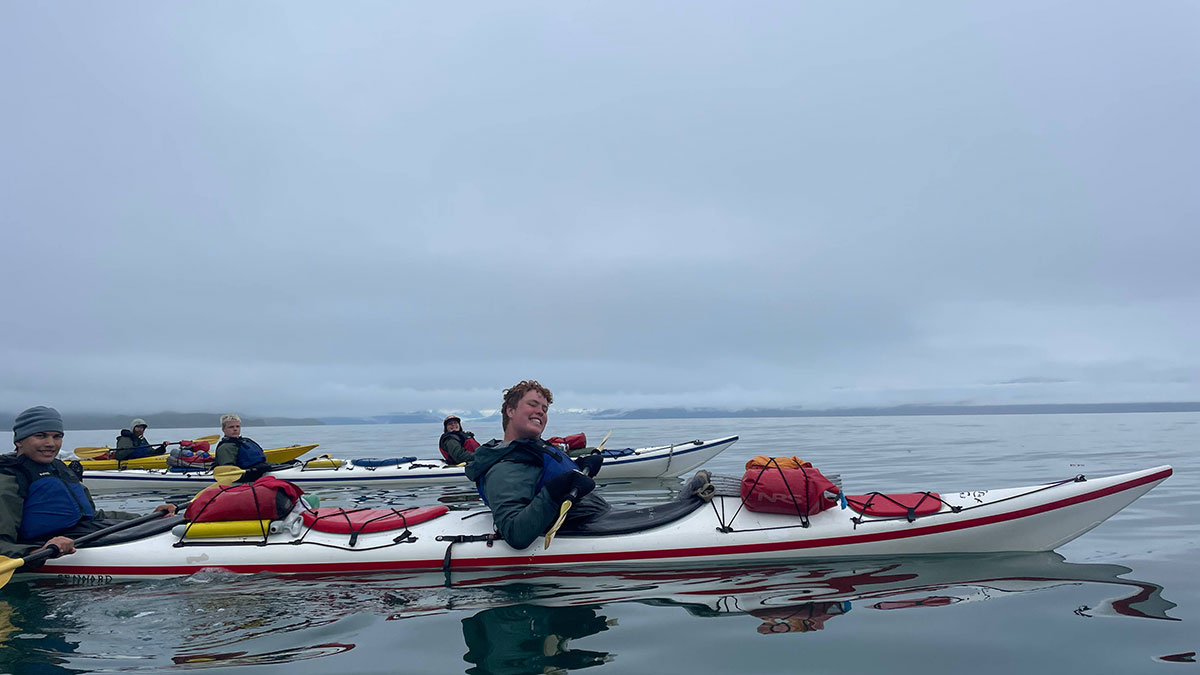
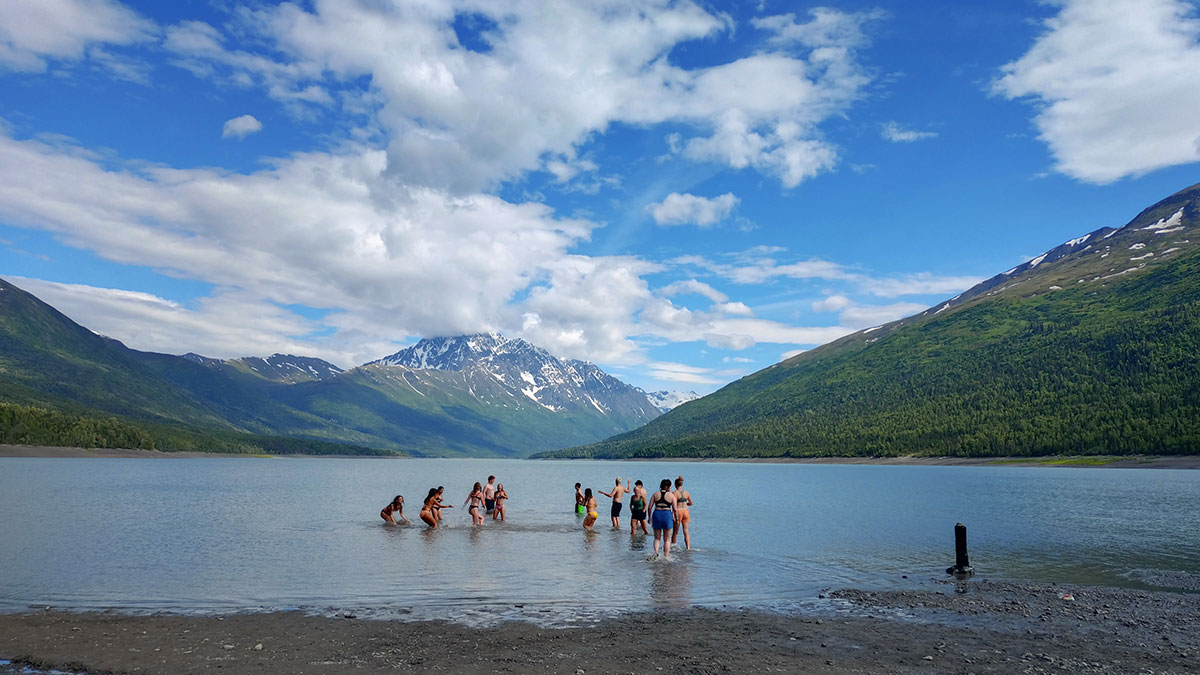


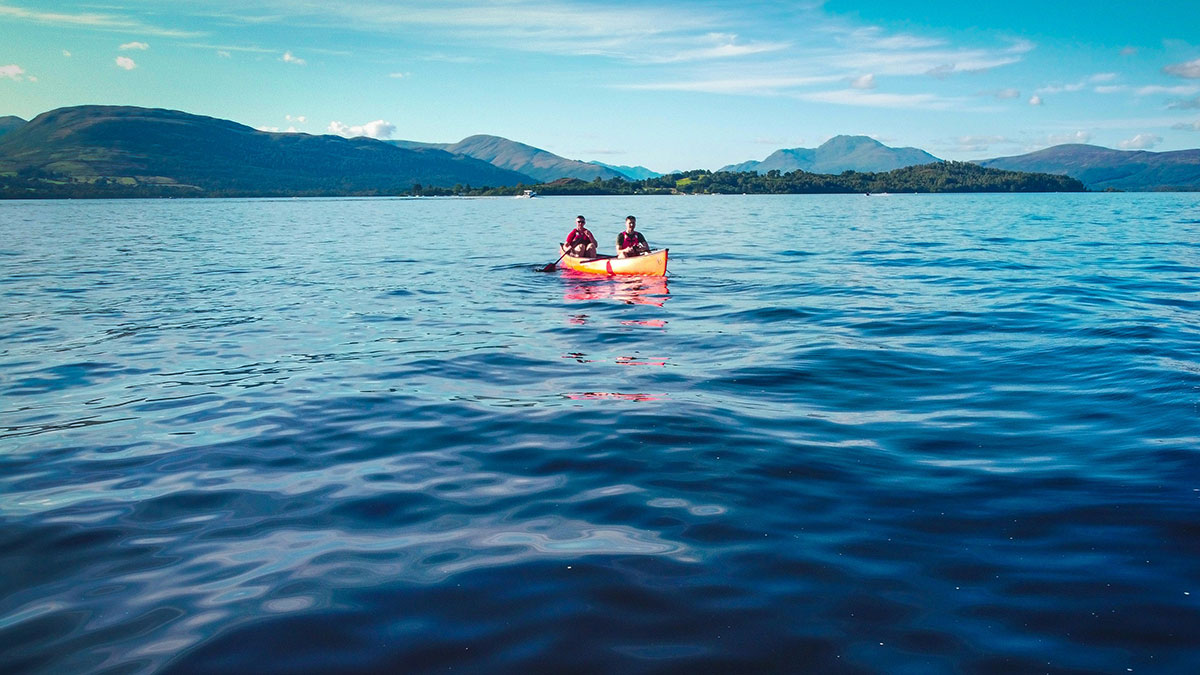
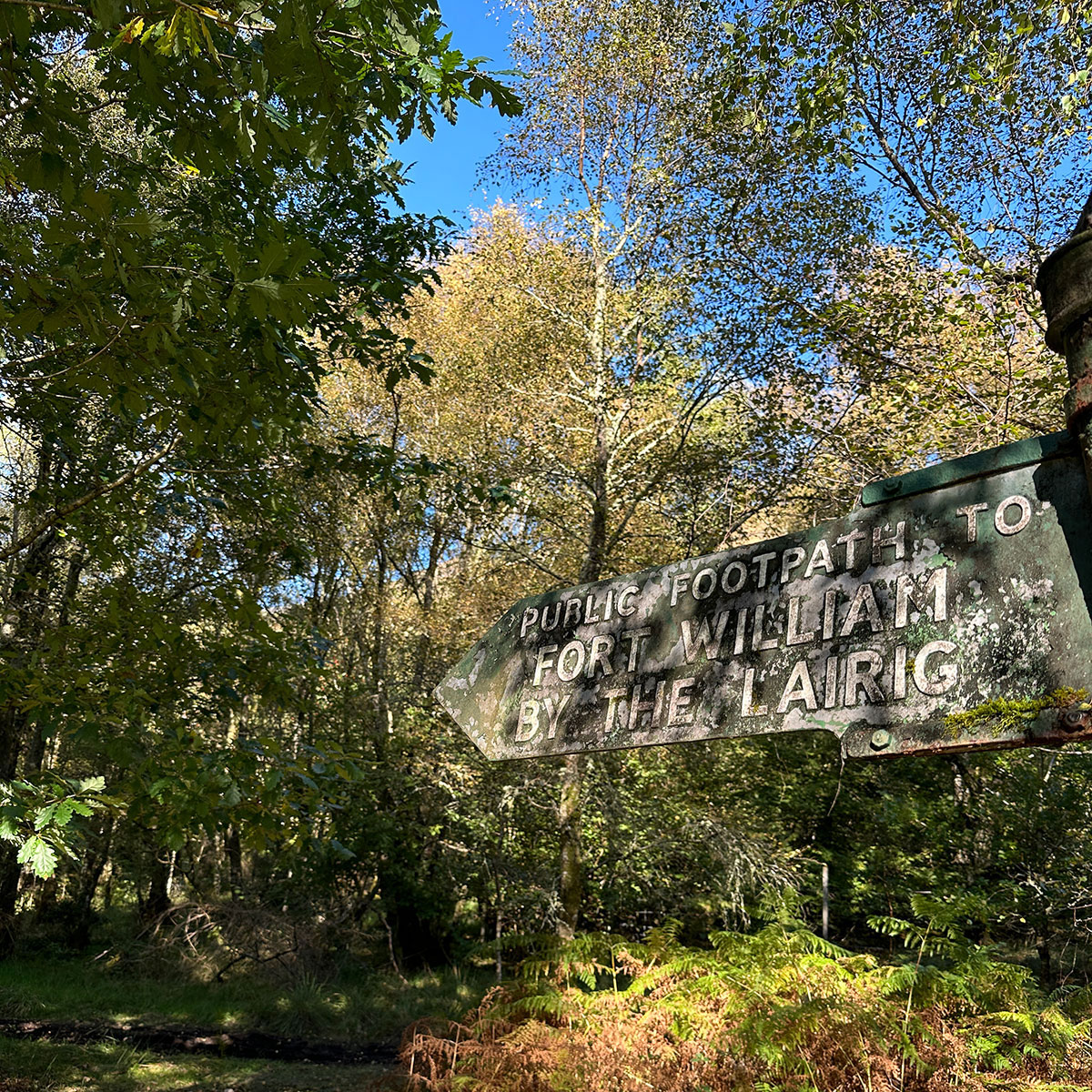
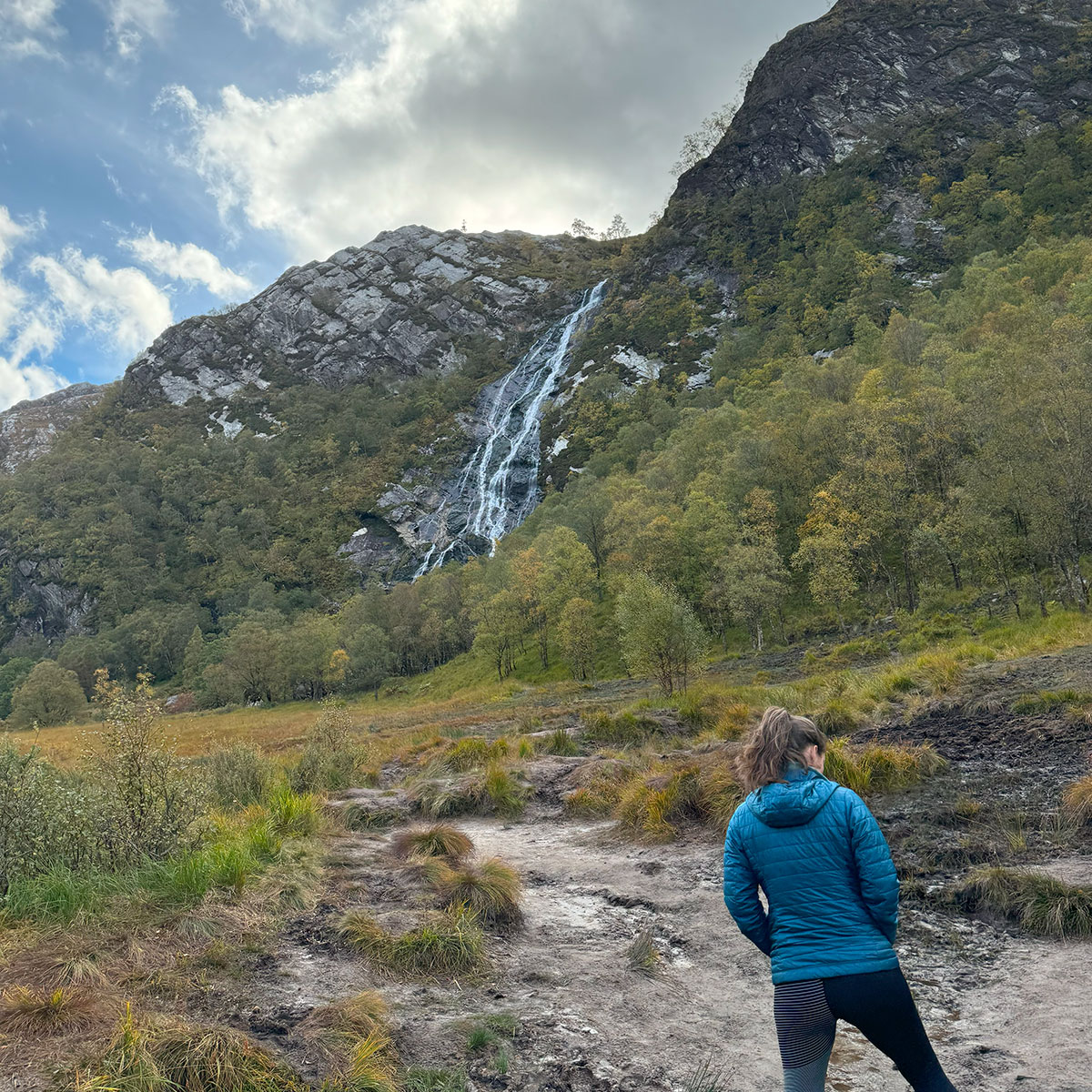

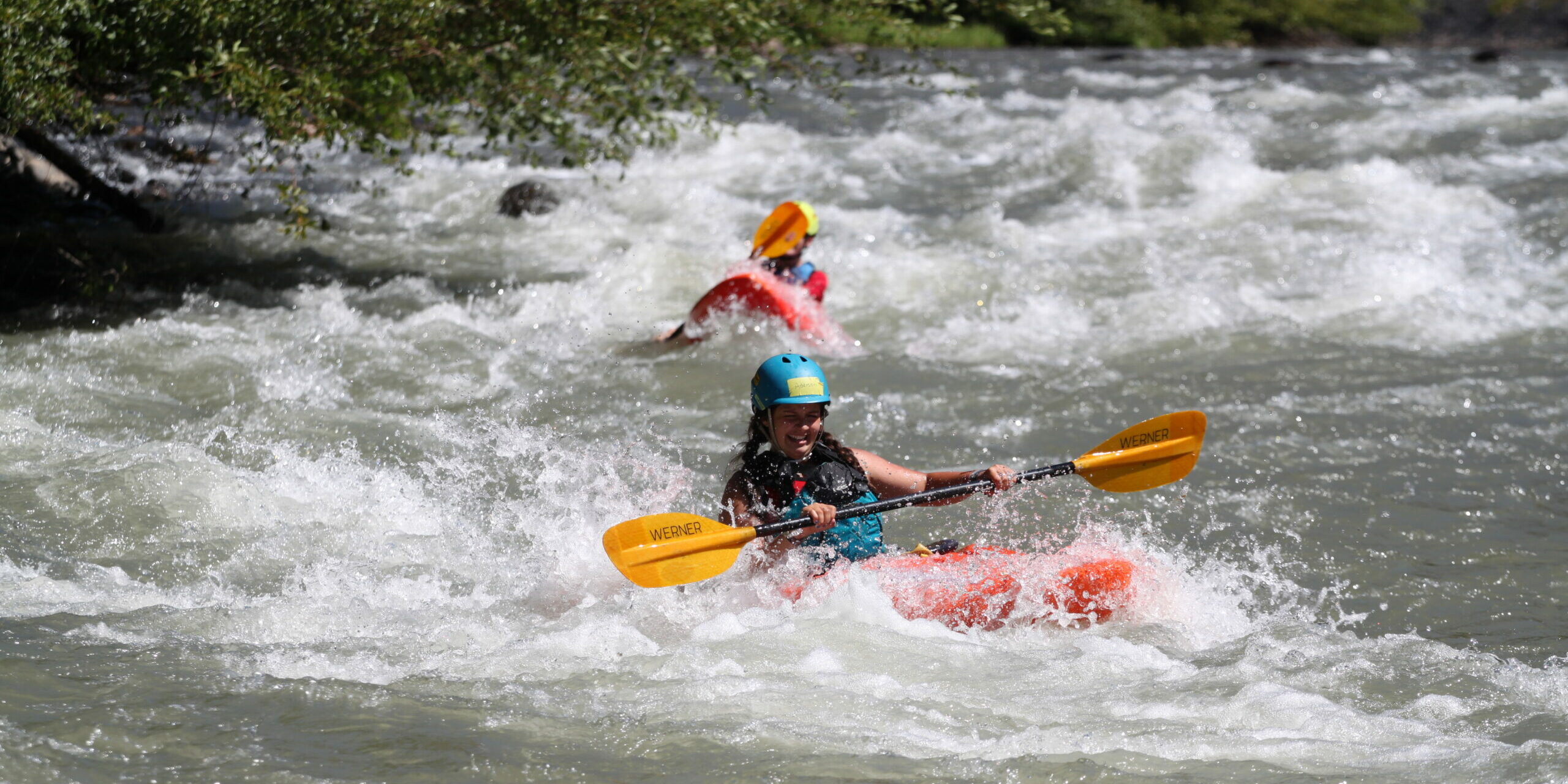
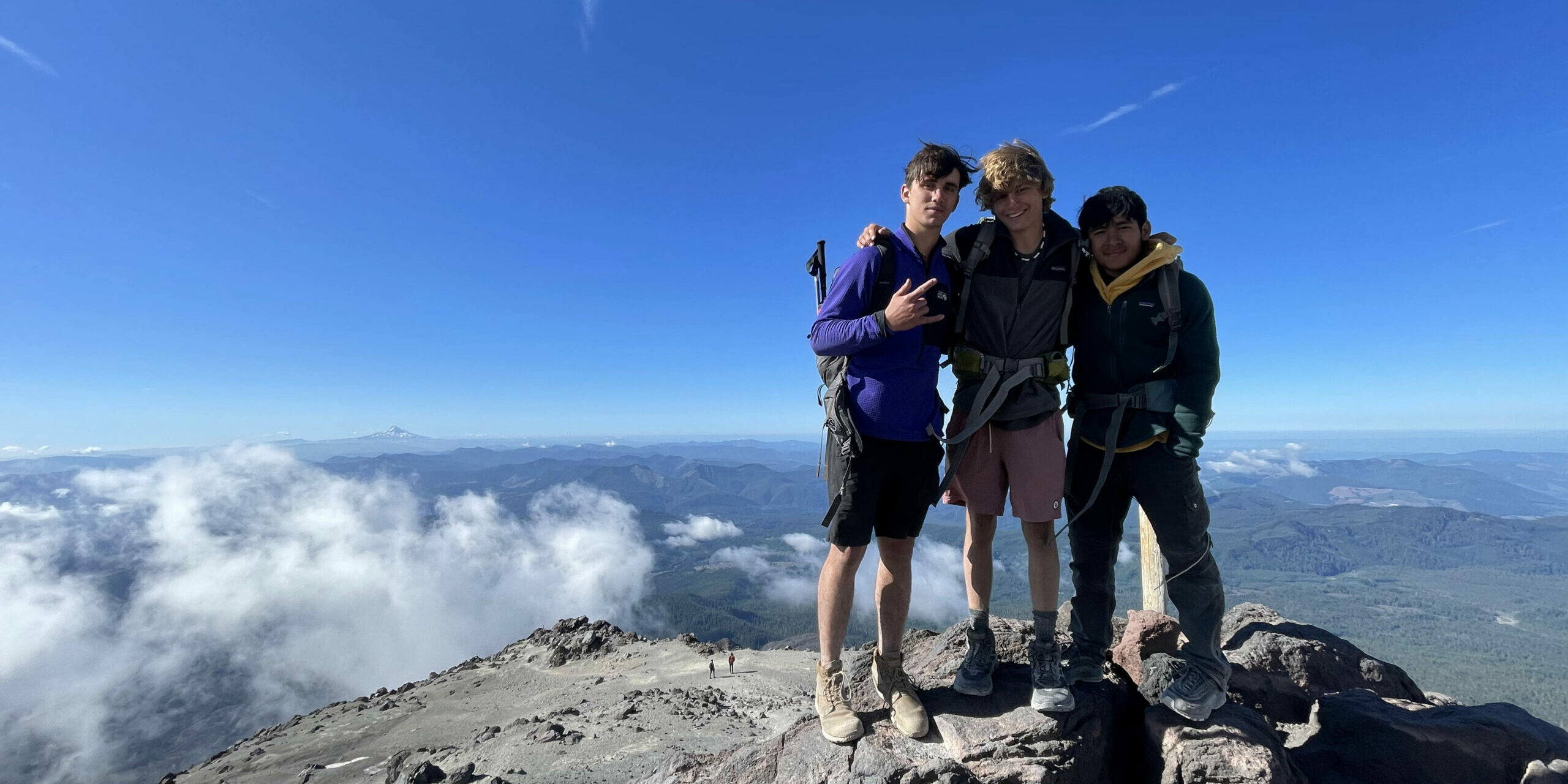
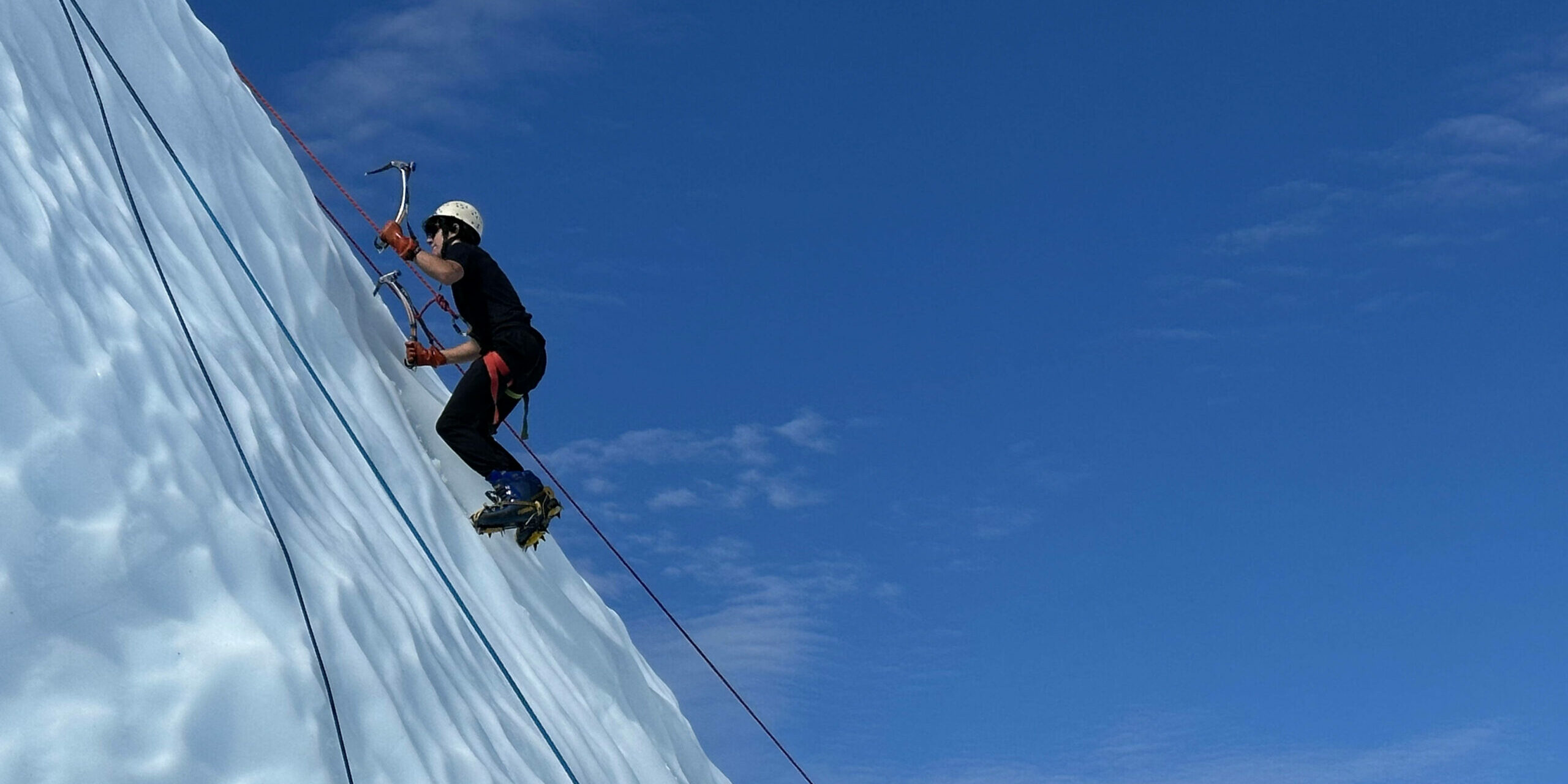
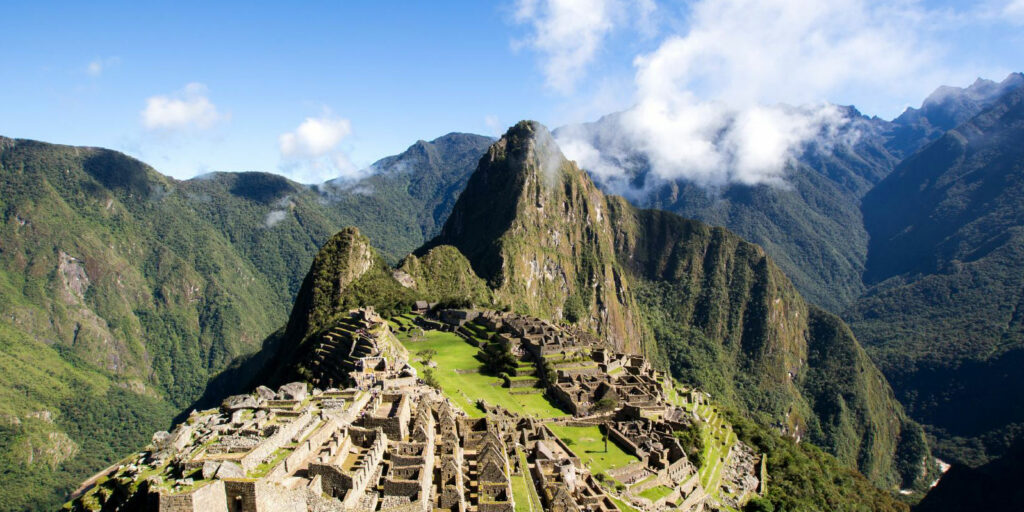
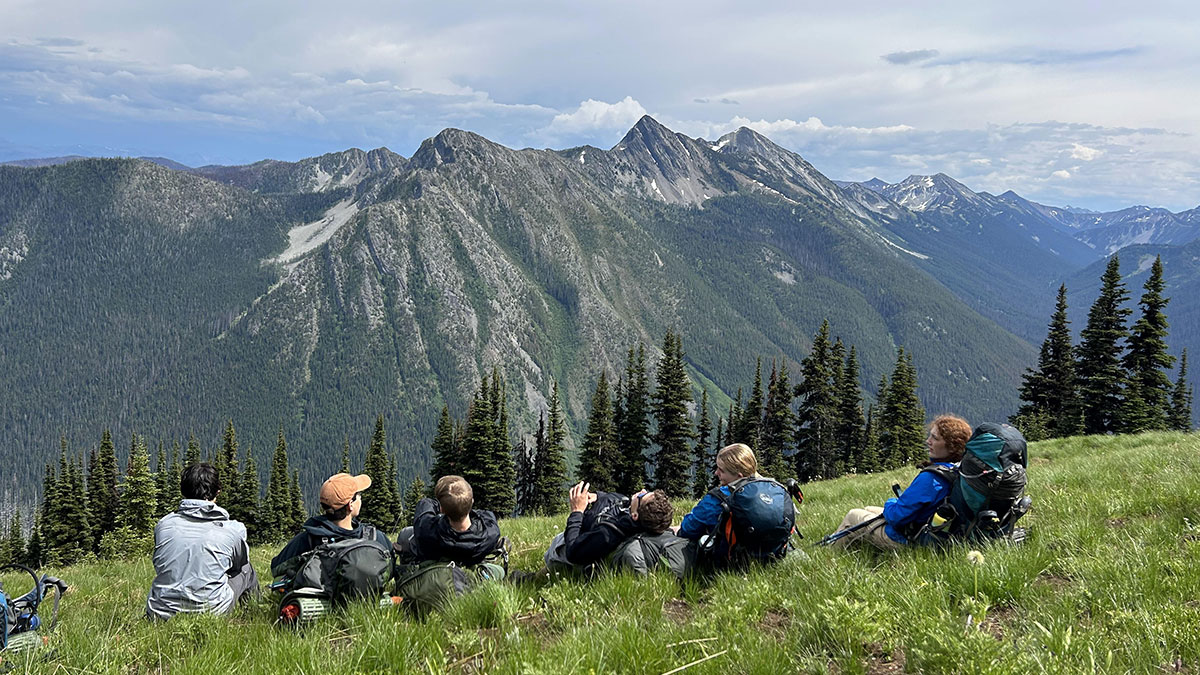
 Spirit Run: A 6,000-Mile Marathon Through North America’s Stolen Land, by Noe Alvarez (memoir)
Spirit Run: A 6,000-Mile Marathon Through North America’s Stolen Land, by Noe Alvarez (memoir)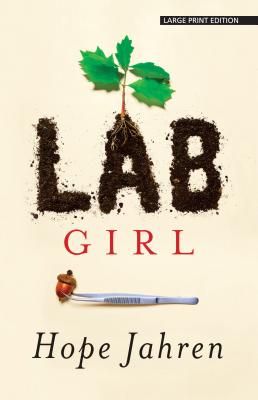 Lab Girl, by Hope Jahren (memoir)
Lab Girl, by Hope Jahren (memoir)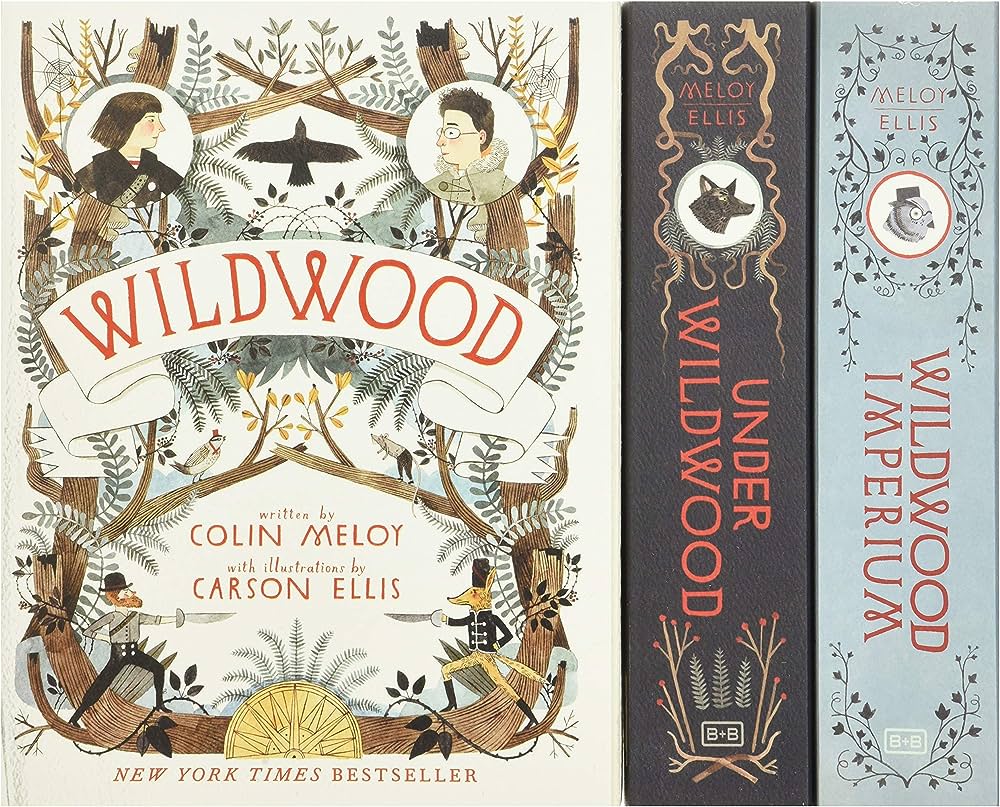 Wildwood, by Colin Meloy (fiction, young readers)
Wildwood, by Colin Meloy (fiction, young readers)